New study in Nature Climate Change - Mapping the Sweet Spot for Renewables and Shifting Species’ Ranges
Article Published in Nature Climate Change
Joshua Tree and Kit Fox Study: Consider Future Range Shifts When Siting Clean Energy
Read the article here on published in Nature Climate Change | Download the PDF here
Climate change is driving both the loss of biodiversity and the need for clean, renewable energy. It is also shifting where species are expected to live in the future. Yet these realities are rarely considered together. Where can clean energy projects be built without impacting the future habitat ranges of threatened and endangered species?
A study from the University of California, Davis, examines this question by overlaying renewable energy siting maps with the ranges of two species in the southwestern United States: the iconic and climate-vulnerable Joshua tree and federally endangered San Joaquin kit fox.
“We show how advanced computer modeling can be applied to improve our understanding of how to site renewable energy resources in ways that benefit biodiversity and their shifting ranges.”
The study, published today in the journal Nature Climate Change, found that Joshua trees are expected to lose 31% of their habitat while kit foxes lose 81% by 2070. That’s with climate change alone, under a moderate emissions scenario. When overlayed with existing and proposed renewable energy projects, an additional 1.7% of Joshua tree habitat and 3.9% of kit fox habitat could be lost.
“This study describes how we need to use more renewable energy to fight climate change, but it also warns us that as we expand renewable energy, we are going to overlap with biodiversity hotspots,” said first author Uzma Ashraf, a postdoctoral scholar with the UC Davis Wild Energy Center and the Department of Land, Air and Water Resources. “We show how advanced computer modeling can be applied to improve our understanding of how to site renewable energy resources in ways that benefit biodiversity and their shifting ranges.”
Clean energy and biodiversity
Globally, 290 gigawatts (GW) of renewable energy capacity were developed in 2021. The world needs to ramp that up to 1,120 GW every year between now and 2030 to meet net zero emissions goals by 2050.
Meanwhile, animal populations have declined by two-thirds in the past 50 years, mostly due to habitat losses, which are exacerbated by climate change, the study notes.
Altering the landscape could damage places that would otherwise serve as climate refugia under future climate conditions.
San Joaquin kit foxes have been known to use solar facilities for habitat, which scientists attribute to the shade the facilities provide. The study said this suggests there may be ways to minimize impacts to the species through careful attention to its ecological needs.
Future-facing decisions
Corresponding author and Associate Professor Rebecca R. Hernandezdirects the Wild Energy Center at UC Davis. She said her center is working to develop a framework to help clean energy developers make future-facing decisions on siting that consider expected range shifts of animals.
“There is a current moonshot for solar and wind energy development,” Hernandez said. “It is one where the footprint of the transition takes hold fast but in a manner that reinforces goals for biodiversity conservation and social justice. Species maps are now dynamic over time under climate change. Our team uses state-of-the-art computational tools to chart a safe passage for renewables.”
The study’s co-authors include Toni Lynn Morelli of the U.S. Geological Survey and Adam B. Smith of the Missouri Botanical Garden’s Center for Conservation and Sustainable Development.
The study was funded by the Alfred P. Sloan Foundation.


